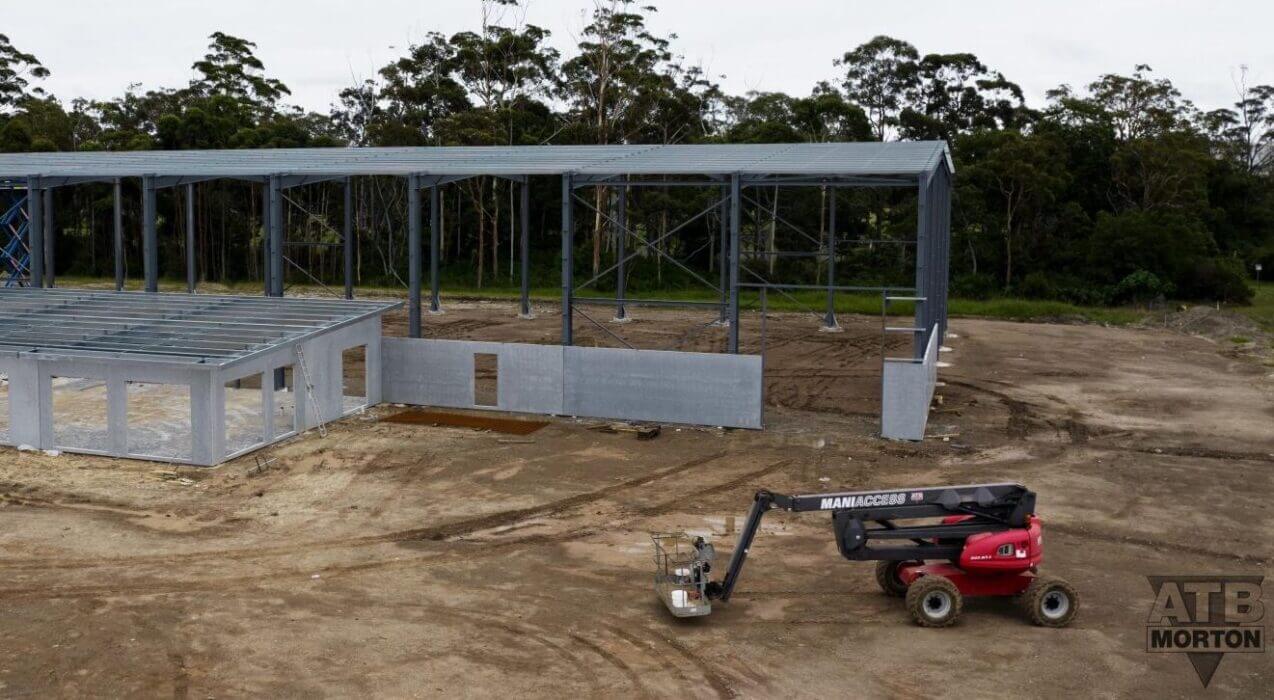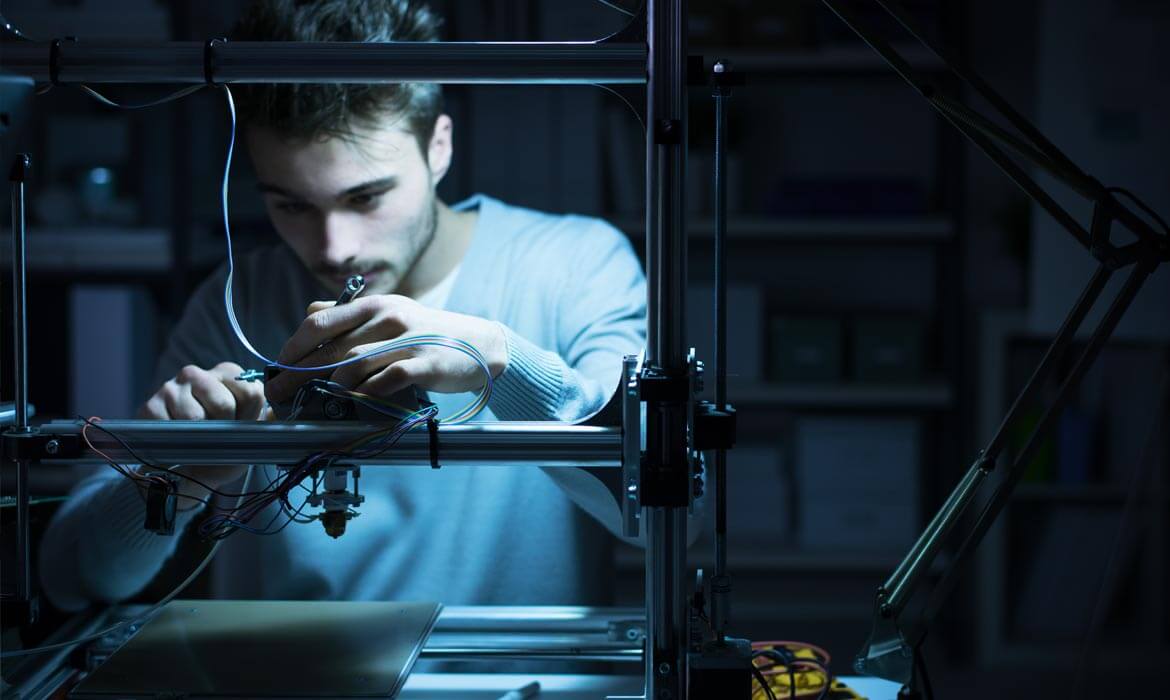Mark Chilcote
Managing Director, Energy Renaissance
Following 29 years of uninterrupted economic growth, the Australian economy is now beginning to contract as a result of the lockdown measures taken to prevent the outbreak of COVID-19. There has been much debate about the policy reforms and stimulus packages that have or should be introduced to revive the economy and create more jobs, and we are now seeing governments at state and federal levels announcing their economic revival plans.
In May, Industry Minister Karen Andrews stated that more natural gas, faster project approvals and lower company tax are critical to achieving “economic sovereignty” and a stronger Australian manufacturing sector. That same month, leaked documents from a manufacturing taskforce that was advising the National COVID Coordination Commission (NCCC) – a group with deep ties to the gas industry – revealed a draft plan calling for massive gas subsidies and public investment.
Australia is resource-rich, so it is predictable that the energy sector would be a front-runner to lift the country out of its economic turmoil, and certainly, many industry bodies from different energy sub-sectors have been lobbying for their industry to play a leading role and receive government support to do so. The question remains, which resources and technologies should Australia be putting taxpayer dollars behind?
Two facts alone are enough to end any debate on this topic:
- It is no secret that batteries are poised for colossal growth globally, and whilst the incumbent federal government has done little to harness this opportunity, Australia’s rapidly growing demand for energy storage has inadvertently made it the global heartland for batteries, rolling out energy storage well ahead of other countries.
- Australia is the only country in the world that is sitting on all the raw materials required to make a battery.
Renewable energy and energy efficiency technologies such as battery storage can unlock significant economic benefits through manufacturing, jobs creation, exports and economy-wide OPEX efficiencies by reducing the cost of energy for the public and private sectors. This is without even touching on the broader benefits to the energy system, the ability to defer network upgrades and the massive environmental benefits brought by storing energy as opposed to simply generating more baseload from a polluting, finite source.
In June, WWF commissioned economic consultancy EY (Ernst & Young) to develop a report which sought to quantify the economic benefits of a renewables-led COVID recovery. The report found that a renewables-led recovery would create almost three times the number of jobs that would be created through a fossil-fuels-led recovery. The fast-tracking of renewable projects already in the pipeline would cost Australian taxpayers very little and create approximately 58,000 new construction jobs.
In total, 100,000 new jobs could be created, highlighting battery manufacturing as potentially accounting for 6,800 of these new jobs whilst making Australia a leader in global battery manufacturing. Energy Renaissance is a good example of one of few companies that will be manufacturing batteries locally, and we are vocal proponents of more manufacturers transitioning to produce their products locally. We strongly believe in healthy competition to build economies of scale into the upstream market, but we also believe in the capacity of the local and international market demand to sustain many players in this space.
Energy Renaissance is a manufacturer of lithium-ion batteries which do not suffer from thermal runaway and are therefore ideal for the hot Australian climate. In terms of the markets we serve, our batteries are suitable for industrial & commercial applications, special purpose electric vehicles (SPEVs), and residential. The only market our technology does not address is standard electric cars. As a team, we have been developing the technology, establishing partnerships and speaking with investors for five years. We are about to close Series A and this will enable us to have our first manufacturing facility up and running in Q2-21.
Energy Renaissance sees Australia as a strategic market and whilst it is not typically seen as the go-to location for manufacturing, we did years of due diligence to confirm that actually, it is.
The difference in labour costs between Australia and Asia is far more significant when comparing unskilled labour, versus skilled labour. Our financial modeling revealed that Australia can certainly be competitive in advanced manufacturing, and if some policy levers are used to make it more attractive for battery manufacturers to base themselves here, there is enormous economic benefit to be unlocked. At full capacity, Energy Renaissance will employ between 1200-1300 people, be exporting 60% of our inventory and contributing $3B per annum to Australia’s gross domestic product (GDP). Further, by stimulating upstream industries such as mining, our modeling shows that for every job we create internally, five more will be created upstream.
We have always been of the view that we aren’t making the most of natural resources.
Unfortunately Australia is well known for selling off its natural resources, only to buy them back, shipping off profit and jobs to other countries. In March, BHP announced that it is ramping up its production of nickel to export to Asia where it will be converted into a battery-grade material, for Australian companies to then purchase, import and sell into the local market. If there is one good thing that has come from the pandemic, it is surely the renewed focus on sovereignty. Energy Renaissance is hoping to be able to purchase all materials locally within two years, further contributing to the Australian economy.
From our perspective, energy and manufacturing policy reform is not only critical, it is monumentally worthwhile and should seek to:
- Motivate the Australian supply chain to develop itself to serve the battery manufacturing industry
- Support the Advanced Manufacturing Growth Centre (AMGC) to carry out their important work, which is to fund and educate industry players to manufacture locally. New startups and existing manufacturers suffer from the same thing Energy Renaissance has had to navigate – the perception that it’s better to do it overseas.
- Accelerate grid infrastructure projects to get us to our goal, particularly large and small scale energy storage. Don’t give us money, buy our batteries.
- Policy should take on a longer term view. Don’t go and spend $1B backing the most obscure, media-worthy innovation possible – instead, keep it simple. If energy policy targets 25% renewables by a certain date, the industry will start working on how to get there.
- There are countless indigenous communities still either without power or running on diesel. Why not fund a program to give them clean, limitless power?
- Provide support to enable the industry to go from mined product to exporting batteries.
- Playing an active part in Australia’s journey to renewable energy by getting rid of diesel buses, powering remote communities, etc. Why wouldn’t Australia play a leading role in this going forward?
Our vision at Energy Renaissance is to accelerate Australia’s transition towards a clean energy future through advanced manufacturing, jobs, exports, the economic regeneration of regional Australia and by producing Australian made batteries using a local supply chain.
Demand alone will support this vision, but wouldn’t it be great if Australia could capture the economic opportunity by acting now to ignite this extraordinarily promising industry.




